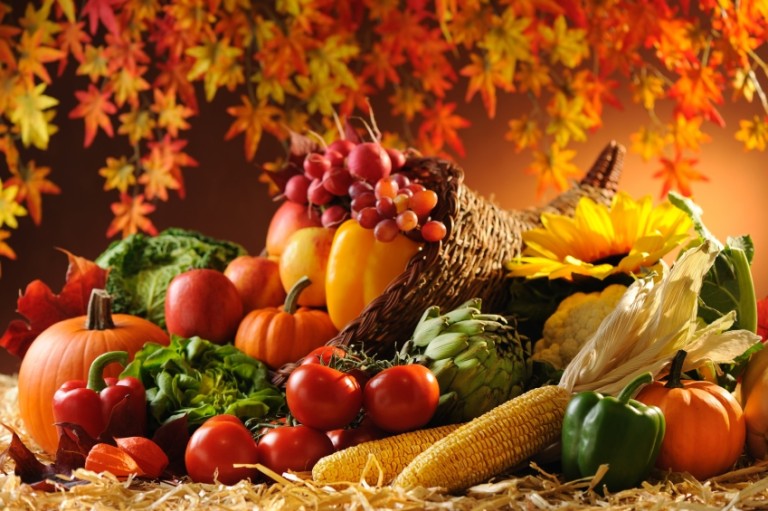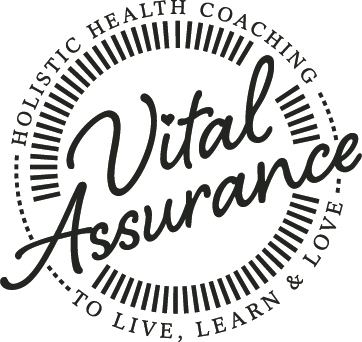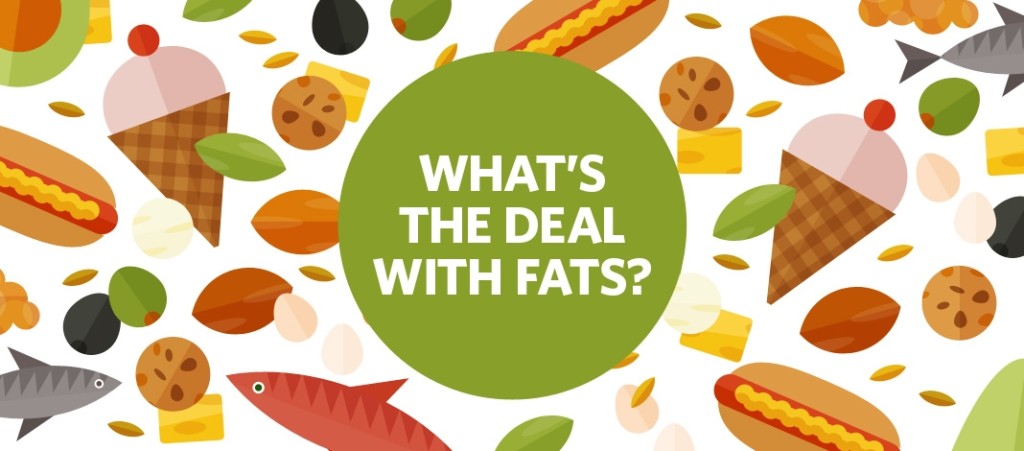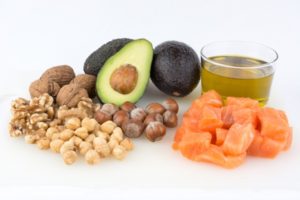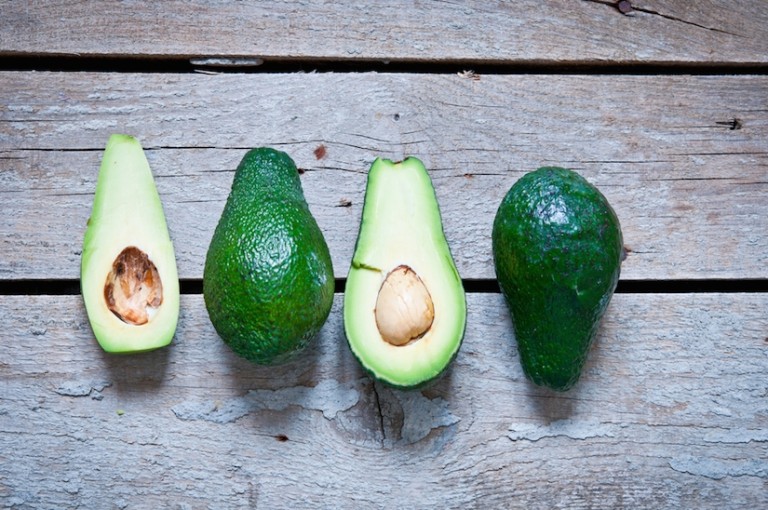When is a Carb not a Carb? The topic of carbohydrates is very complex; there are so many myths out there about whether or not they should be consumed, that it’s no wonder everyone is confused and unsure of whether they are good or bad for us.
Carbohydrates are actually the single most important food in our diet for long-term good health.
Carbohydrates, in their natural form, contain most of the essential nutrients and specialised chemicals that keep you healthy and increases our metabolism. The problem arises when the majority of the carbohydrates we eat today are refined and highly processed. Our bodies are unable to metabolise these carbohydrates efficiently, and so they have a detrimental effect on our health. They slow down our metabolism and contributing to major diseases such as diabetes, heart disease, dementia and cancer.
Carbohydrates make up the largest food group we consume and there are many different types of carbohydrates. Each type interacts with our genes differently therefore they can have significantly different effects on our metabolism.
We all know that breads, pasta, rice, cookies, cakes and cereals are carbohydrates, but did you know that fruits and vegetables are too? Or that whole grains, beans, nuts and seeds are classified as carbohydrates? These carbohydrates are a MUST to eat if we want to remain healthy as they contain the key ingredient PHYTONUTRIENTS.
Phytonutrients are specifically found in plant food, and the only way they can be consumed is through eating real, whole, unprocessed plant foods. The phytonutrients help switch on genes that help us burn fat and age less quickly. They are a powerful source of anti-oxidants and help to reduce inflammation in our bodies. When carbohydrates are processed, many of their important phytonutrients are stripped away leaving you to consume food that is empty of vitamins and minerals. In other words, food that is just empty calories and of no health benefit.
Fruits and vegetables can be grouped into five different colour categories: red, purple/blue, orange, green, and white/brown. Each colour carries it’s own set of unique disease fighting chemicals. For example, the antioxidants in red fruits and vegetables can help reduce the risk of cancer and keep our heart healthy whereas the antioxidants in purple/blue fruits and vegetables help protect cells from damage and can also help reduce the risk of cancer, stroke and heart disease.
This is why when we prepare a meal we should endeavour to ‘eat a rainbow’ as not only does it look great but it also provides our body with the best sources of nutrients to maintain long-term health.
Now lets look at the relationship between carbohydrates and insulin. The role of the insulin is to remove the excess glucose so that our blood returns to its balanced level. When we consume carbohydrates that are starchy (eg; potato and corn) or sweet (eg; cake, biscuits, pastries, lollies), they are broken down into glucose (sugar) in your body. The glucose ends up in your blood stream, signalling your body that blood sugar levels have been elevated and for your pancreas to secrete insulin into the blood.
The insulin takes the glucose to our muscles and liver where it is stored as glycogen. However when these glycogen stores are full, the excess sugar is transported by the insulin into fat cells and unfortunately fat cells have an infinite capacity to expand therefore causing you to gain more and more weight, slowing down your metabolism and promoting chronic conditions. This is most apparent when we consume foods (eg. Coke, pastas, breads) that get broken down to glucose quickly signalling a surge of insulin release and potentially no place to store this glucose except for in fat cells.
Not to fear though, certain types of carbohydrates burn more slowly and take longer to turn into sugar in your bloodstream. This keeps your insulin levels at bay and reduces the amount of excess glucose circulating in your blood stream and needing to be stored. These types of carbohydrates come from whole, unprocessed plant foods, specifically those that contain fibre as fibre has the ability to slow down the absorption of sugar into the bloodstream. Fibre acts like a sponge and is able to soak up fat and sugar in your gut and may also prevent some of its absorption. This in turn sends positive messages and switches on the genes that burn fat, increase metabolism and reduce the effects of ageing.
So in summary:
- We want to eat carbohydrates that come from whole plant foods and are unprocessed;
- Eating carbohydrates that quickly turn into sugar make you gain weight;
- Choose carbohydrates that are high in fibre (these are usually found in unprocessed foods);
- Include more vegetables, fruits, beans, nuts, seeds and whole grains in your diet;
- Avoid (or at least limit) flour or flour products, refined grains, sugar, processed foods, junk foods and large starchy potatoes.
